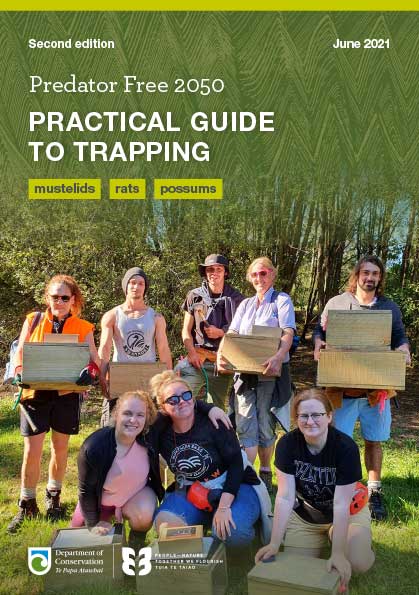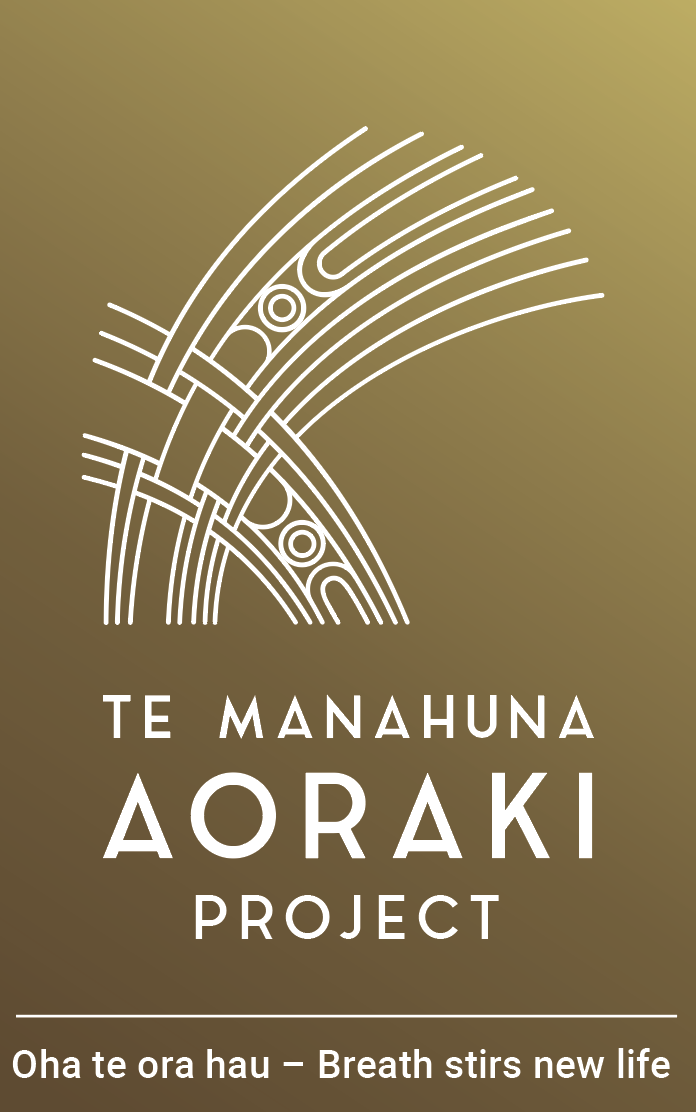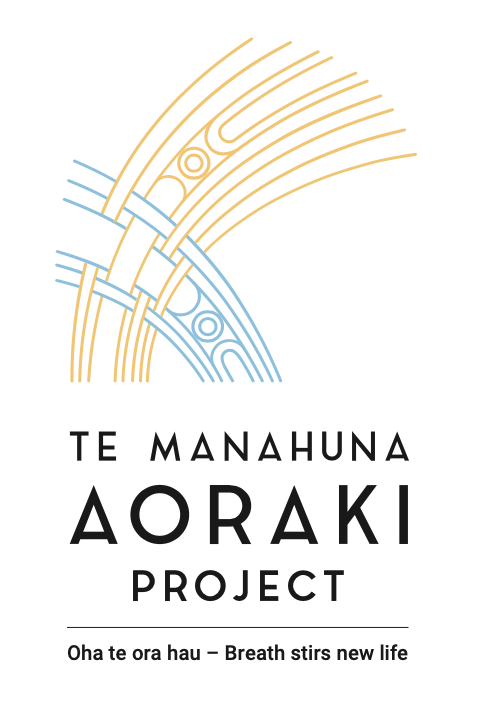There are lots of ways you can help
You can make a difference by reporting sightings of wildlife and invasive weeds, checking traplines with our passionate volunteers, or even trapping at home
Be our eyes and ears
Have you seen a kakī/black stilt along the braided rivers? A kea or tuke/rock wren in the mountains? Or even a skink or gecko among the rocks?
We’d love you to be a Citizen Scientist and let us know what you see and where you see it. By sharing your sightings through iNaturalist, you can help us to help the awesome native species that call Te Manahuna Aoraki home.
Sign up today and record your observations on the iNaturalist website or download the app.
ROWAN
BROOM
FLOWERING CHERRY
COTONEASTER
RUSSELL LUPINS
GORSE
Weed-spotting
We have weeds in our sights. Many of them are species that have escaped from gardens and are invading the unique dryland tussock landscape of Te Manahuna Aoraki.
You can help us to stop them in their tracks before they become the next wilding conifer problem.
We know where most of the major infestations are, but if you see these invasive weeds in unusual places in the project area please report them.
Volunteer

Trap in your own backyard
If you’re living in the project area, or towns like Twizel or Takapō/Tekapo, why not set up your own trap?
Keeping predator numbers down around the project halo will help us prevent introduced predators like stoats, rats, hedgehogs and possums reinvading.
This handy guide, prepared by Predator Free 2050, has all the information you need to find out what predators might be living on your property and how to trap them.
Photo credits: Liz Brown

